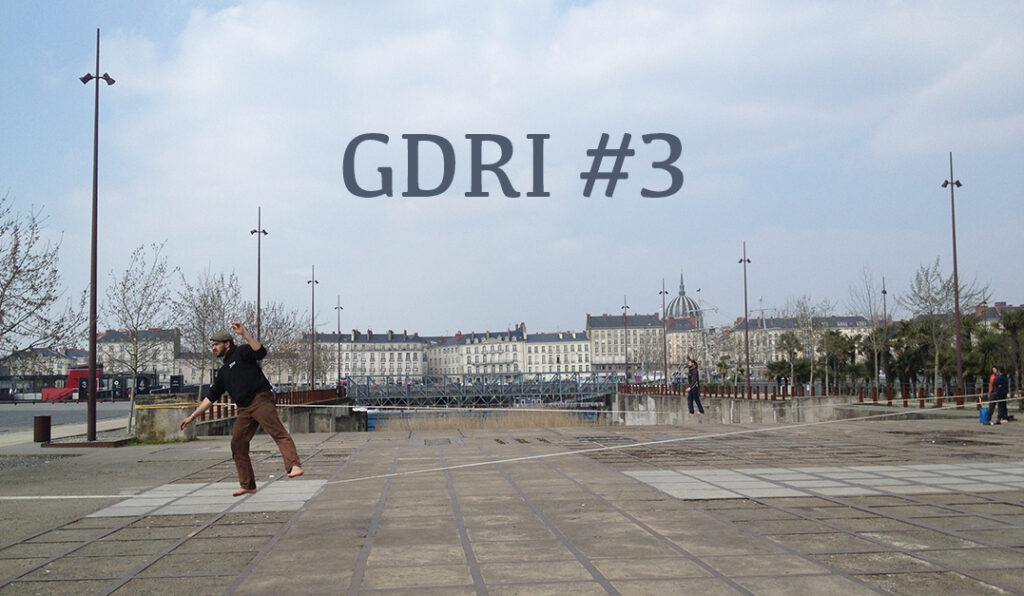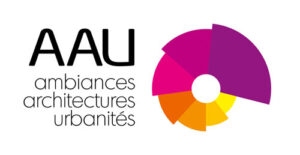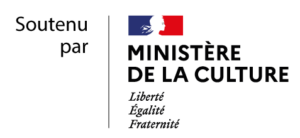
Location
Volos, Greece
Translating Ambiances – 2014/2017
This CNRS International Research Group (GDRI) was initiated by the International Ambiances Network to explore the issue of ambiances in translation. The word ‘translation’ should be taken in the broad sense of the term, and not reduced to a strictly language-based meaning, though this aspect is obviously present in the project, indeed a key component. By putting the accent on translation, our purpose is to acknowledge the plurality of versions of and means of access to ambiances, to bring into play the notion of ambiance by situating it in a collaborative process; and to address the topic of architectural and urban ambiances by looking at the disparities and shifts this topic involves.
Furthermore, by investigating ambiances in terms of translation, we draw together several strands:
- We stand at the meeting point of science, enterprise and art. The translations carried out as part of the project will draw on learning, methods and resources from these three worlds.
- Overall we propose to adopt a pragmatic posture. We intend to use experimentation in our work on ambiance, focusing on the effects produced, the consequences and movements of this notion.
- The translation problématique serves as both a point of entry to the topic of ambiances and as a collaborative working principle for our inquiry. With regard to methodology our approach will involve ‘putting ourselves in translation’.
The idea of using ‘translation’ as a point of entry may be developed in four ways:
Translation in terms of language: clarifying the concept of ambiance
The first form of translation consists in looking for words in other languages equivalent to the French term ‘ambiance’. Obviously there is no exact equivalent for the word in English, Italian, Danish or Portuguese. So any translation work must focus on the differences between cultures and bring into play the ‘linguistic hospitality’ advocated by Paul Ricoeur. Putting the foreign language to the test in this way therefore means giving up the pretence of a perfect, literal translation, and adopting in its place a series of reformulations. In looking for equivalents and wondering which is the best possible version, a new semantic field opens on each occasion, revealing new ways of dividing up reality, while requiring us to clarify as much as possible our understanding of the term ambiance, which in turn reveals the potential and limits of the French word. In short language translation turns into a heuristic means of deconstructing the concept, of highlighting its implicit content, but also uncovering as yet unexplored resources and broadening the scope of its meaning. In short, our purpose here is to achieve greater clarity.
Translation in terms of discipline: exploring scientific bridges
The second form of translation involves creating the conditions for exchange and contribution between separate disciplines, which nevertheless have a stake in the matter of ambiance. We may legitimately ask how models of understanding, methods and styles of writing as different as those associated with sensory anthropology, computer modelling, architecture, urban studies, applied physics or indeed fine art, can try to agree and meet, perhaps even cross-breed and engage in fruitful dialogue on the sensory world. Here the interdisciplinary concept of a sound effect, as developed by Cresson, may certainly serve as a guideline or benchmark for establishing the conditions for such dialogue. However, our purpose is not so much to attempt, collectively, to build a single, definitive interdisciplinary tool as to explore more modestly various bridges, areas of agreement and transverse commonalities between the various approaches involved.
Translation in terms of the senses: experimenting multimodal forms of expression
Our third form of translation consists in building experimental bridges between senses. One of the blind spots of the ambiances concept hinges on the question of plurisensoriality, or better still of in situ intersensoriality. A great deal of work has been done focusing on one specific sensory modality: light, sound, smell or heat. So there is every reason to ask how the relation between various sensory modalities works, both in terms of inhabiting experience and of design, how one modality can link up or resonate with another. The audio-visual link is of course the one that first comes to mind (with resources derived from cinema in particular) and it will obviously be used. But we would rather not restrict ourselves to just the relation between images and sounds. We shall consider other sensory modalities, such as odour or heat, which are equally important to ambiance and test the resources at our disposal to express or represent them. In this respect the art world should play an important part.
Translation in professional terms: in quest of modus operandi
The fourth form of translation aims to investigate the scope for exchange and circulation between the world of research and that of architecture and planning. How do the various players tasked with designing and developing private and public space grasp the field of ambiance. What tools, transfers and processes are brought into play to make the ambiance concept operational in a professional framework?
The aim here is to look at how the field of ambiances is transformed and hybridized as soon as it comes into contact with design practice and development constraints. We shall draw on the experience of each team to put into perspective the various contexts, applications and uses of the ambiance concept. This form of translation will deliberately focus on a forward-looking approach, in search of new modus operandi for design.
The four levels of translation are central to the project. By placing ourselves between languages, disciplines, senses and activities we can set up a process of investigation (in the strongest sense of the term) capable of taking account of the complexity of the field of ambiances, and of the scientific and cultural diversity of the teams involved.
By focusing on operations designed to clarify, explore, experiment and look to the future, we can assess the possibility of a pragmatist attitude to ambiances. In this respect our purpose is not so much to take stock of existing learning or to stop at a single model for making sense of ambiance, but rather to put to the test a field of research and action that is in the process of taking shape.
Scientific Officers:
- Jean-Paul Thibaud, AAU-CRESSON, Graduate School of Architecture of Grenoble | International Ambiances Network
- Daniel Siret, AAU-CRENAU, Graduate School of Architecture of Nantes | International Ambiances Network
Support:
Epistemological translations
The 3rd GDRI Seminar will be held on Monday 19 and Tuesday 20 September in Volos (Greece), just before the 3rd International Congress on Ambiances.
The objective of this seminar is fourfold:
- Take the time to a thorough scientific discussion about the approach of ambiances by each team member of the GDRI;
- Open and continue two works in progress (partition of ambiances initiated in Montreal; proposal of a tool for interdisciplinary translation of ambiances);
- Organize a collective valorization of the GDRI;
- Explore proposals for joint research.
Participants in this seminar will be essentially the members of the research teams of the GDRI (plus some guests).
First day
Each team has written a text which specifies:
- its approach of ambiances, the use made of it and the positioning of the team,
- eventually a small development on the theme “translating ambiances”.
Each team was also free to propose a project of join research.
All the texts are sent in advance to all seminar participants.
Two readers (reader 1 & reader 2) are in charge of commenting and reacting to the text of another team.
40 minutes are planned for each team:
- 5 mns (reader 1) + 5 mns (reader 2)
- 10 mns (presentation from the team)
- 20 mns collective discussion
Then a final collective discussion.
Second day
The morning is devoted to two Works in progress:
- Following the Montreal Workshop: A view from Hexagram – Which lessons to highlight? – Experimenting a partition.
- A tool for interdisciplinary translation of Ambiances: Presentation of the tool – Experimentation in small groups – Collective discussion.
The afternoon is devoted to the valorization of the GDRI and its implementation, the discussion of join research projects and the 4th GDRI Seminar in Milano in 2017.

- Niels Albertsen (Aarhus, Denmark)
- Imme Bode (Hamburg, Allemagne)
- Marco Boffi (Milan, Italy)
- Laure Brayer (Grenoble, France)
- Christian Bujold (Montréal, Canada)
- Cecilia Chiarini (Milan, Italy)
- Osnildo Wan Dall (Salvador, Bahia, Brasil)
- Claude Demers (Québec, Canada)
- Cristiane Rose Duarte (Rio de Janeiro, Brazil)
- Rainer Kazig (Grenoble, France)
- Thomas Leduc (Nantes, France)
- Damien Masson (Cergy-Pontoise, France)
- Eugenio Morello (Milan, Italy)
- Barbara Piga (Milan, Italy)
- Ethel Pinheiro (Rio de Janeiro, Brazil)
- André Potvin (Québec, Canada)
- Evangelia Paxinou (Volos, Greece)
- Daniel Siret (Nantes, France)
- Jean-Paul Thibaud (Grenoble, France)
- Irene Vegetti (Milan, Italy)




